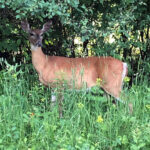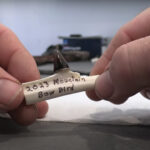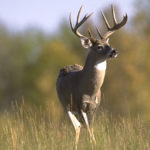For the avid whitetail hunter, few scenarios are as aggravating as being forced to watch your target buck appear, only to be led away by a hot doe. Unfortunately, this is an all too common occurrence when dealing with lovestruck bucks during the rut. This is never an easy pill to swallow and leaves many a hunter to sulk in dejection as their long-awaited window of opportunity closes before them.
At times like these, many would give their last dollar, if only the buck in question would break stride, turn, and walk directly into bow range. However, pulling a buck away from an estrous doe can be a monumental task, to say the least. In order to do so successfully, you must have a sound strategy in mind, and be ready to act at a moment’s notice.
This season, when your target buck is being led astray by a hot doe, employ the following tactics to turn the tides in your favor.
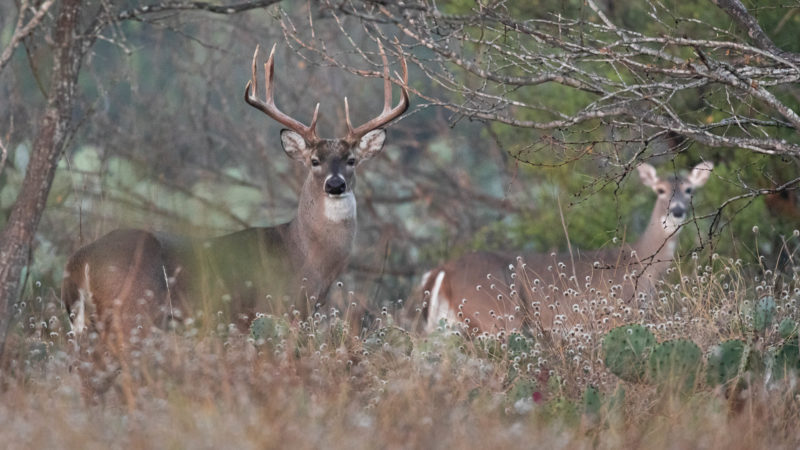
Appeal To A Buck’s Territorial Nature
By November, the days of bachelor group kinship are long gone. As the rut approaches, bucks stake out their claim, and jockey for dominance with other bucks within their particular home range. This pattern of aggression continues throughout the duration of the rut itself, often leading to periodic posturing and fighting.
When a buck is hot on the heels of an estrous doe, they will often defend their perceived right to breed, from any other buck that challenges their dominance. By understanding this fact, and using it to your advantage, you can play upon a buck’s aggression in order to pull their attention away from the doe they are trailing.This is best accomplished by calling in a manner that leads a deer to believe that a competing buck is encroaching upon their turf, and the does contained within. However, doing so often requires a hunter to study a buck’s demeanor, and act accordingly.
Whenever a buck is observed trailing a doe, begin by making a few short grunts. This should be enough to momentarily catch a buck’s attention, setting the stage for your next move. With the buck’s attention fixated on the presence of a perceived foe, you can proceed by snort-wheezing or by presenting a tending grunt. The former of these two approaches signifies a challenge of dominance, while the latter portrays the active breeding of a doe by another buck.
Throughout your calling sequence, it is vital to observe the mannerisms of the buck that you are attempting to sway. If bristling of the hair or pinning of ears is visible, it is a safe bet that the buck in question is ready to stake his claim, in a display of dominance. In this scenario, the introduction of a few bonus doe bleats is often all that is required to push a testosterone-fueled buck to his limits.
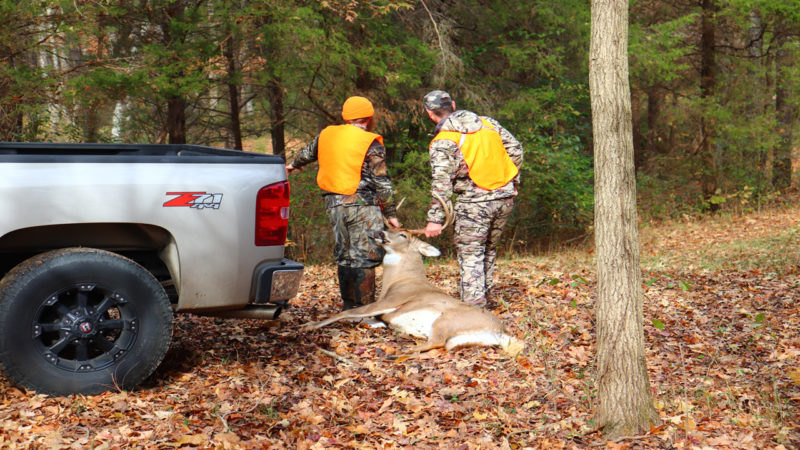
Catch A Buck’s Eye
During the rut, few circumstances will stop a buck in his tracks quite as quickly as the sight of another buck encroaching upon his territory. This even tends to be the case, when a buck is in hot pursuit of an estrous doe. As a result, hunters are often able to appeal to a rutting buck’s aggressive nature with the use of a decoy.
The use of a decoy can work especially well when hunting in moderately open areas, such as small fields and logging roads. Locations of this nature provide enough visibility for a buck to easily spot your decoy, while also being limited enough in overall sight distance to keep a buck from observing a decoy from an excessive distance. As a result, a buck is unable to see your decoy until they are close enough that a fight or flight type response is triggered.
It is also vital to take every possible precaution against being winded when using a decoy. Just because a buck is preoccupied, does not mean that they have forgotten how to avoid danger. Make sure that you are hunting with a favorable wind, and always take the necessary time to spray your decoy down with scent eliminator, before staking it out.
Position your decoy at a distance of 20-25 yards, quartering toward you, with its hindquarters facing the direction from which you expect a buck to approach. Placement of this manner often causes a buck to circle between a hunter and their decoy, in an attempt to confront the perceived intruder, presenting a shot in the process.
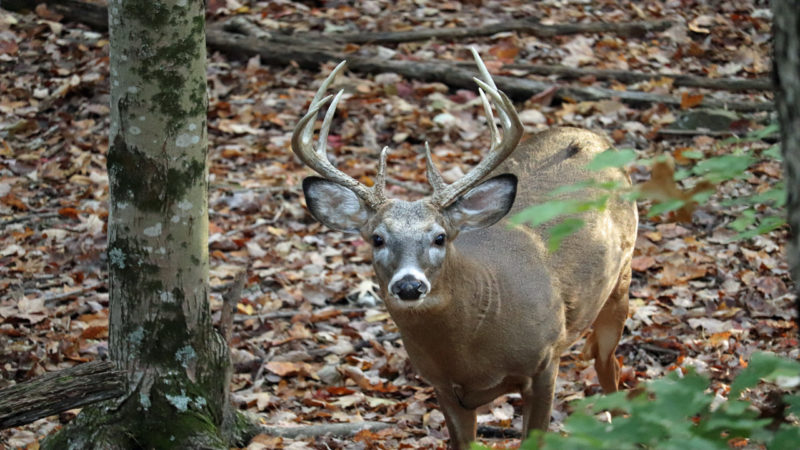
Make A Buck’s Nose Betray Them
On a number of occasions, a buck can be tricked into quickly checking on the source of any additional smell of estrus that they encounter, even when in pursuit of a doe. This is especially true when a doe stops to feed in a favored location, such as a food plot. While a buck is unlikely to completely abandon the doe which he has been in pursuit of, he will often circle as needed to check on that which he smells.
Hunters can use this principle to their advantage, by hanging a doe-in-heat saturated scent wick within bow range of their stand. As a doe stops to drink, feed, or rest, a trailing buck is likely to focus their attention on what they perceive to be the smell of a secondary estrous doe, leading to an inquisitive response.
When attempting to lure a buck by smell, place your scent wick within a few yards of your stand. This typically causes a buck to venture far enough toward the wick’s location to place themselves within bow range, before satisfying their curiosity. As a result, a hunter can draw, anchor, and release their shot, before a buck resumes his chase.
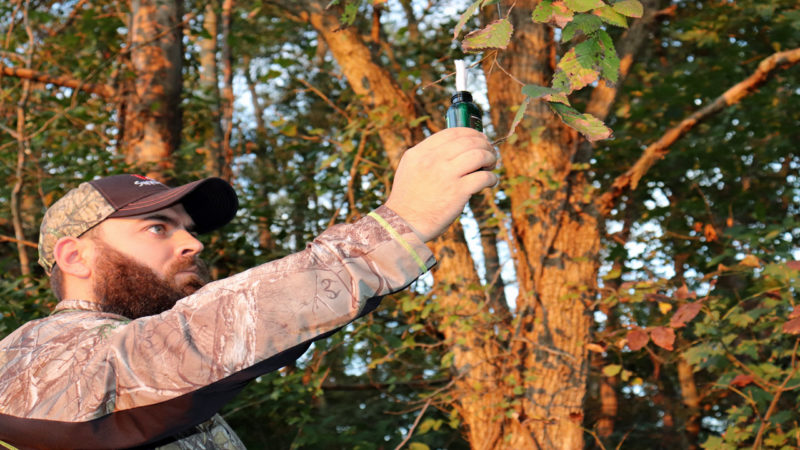
Doing The Impossible
While it is inherently difficult to dissuade a buck from pursuing a hot doe on which his attention is focused, doing so is not an impossibility. Remaining keen to the situation at hand, and reacting accordingly is vital to success, often serving as the difference between a filled tag and utter discouragement. This season, rather than watching your target buck be led away to points unknown, turn the tides in your favor by capturing his attention and sealing the deal.

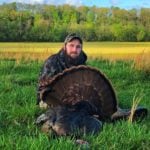 By
By 
